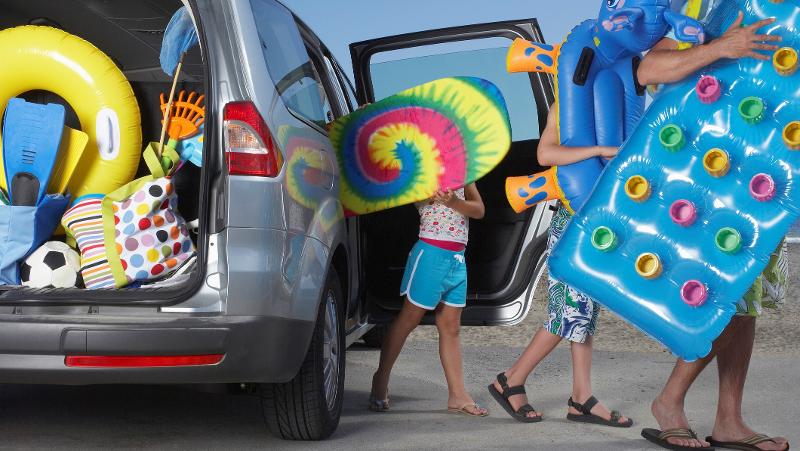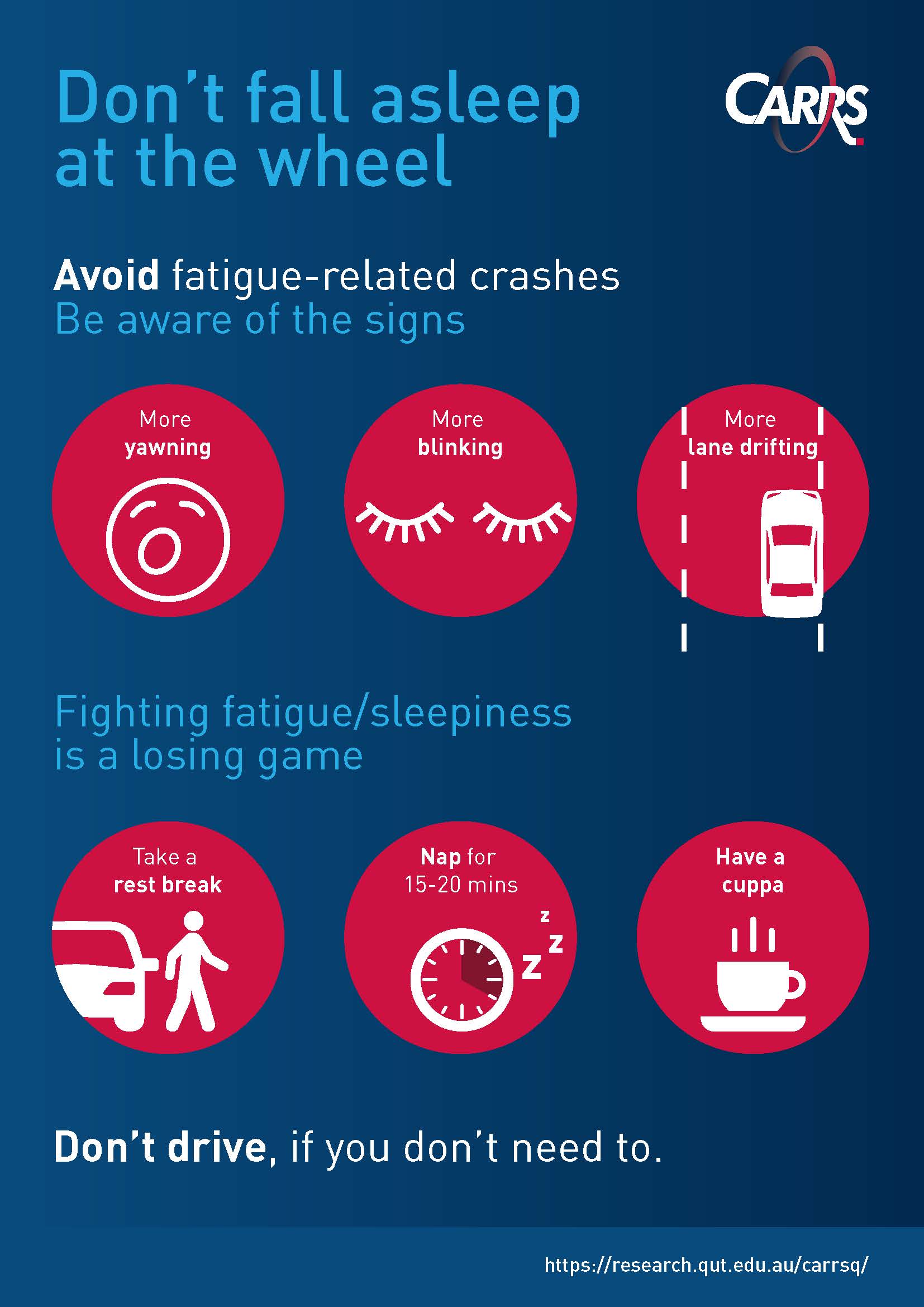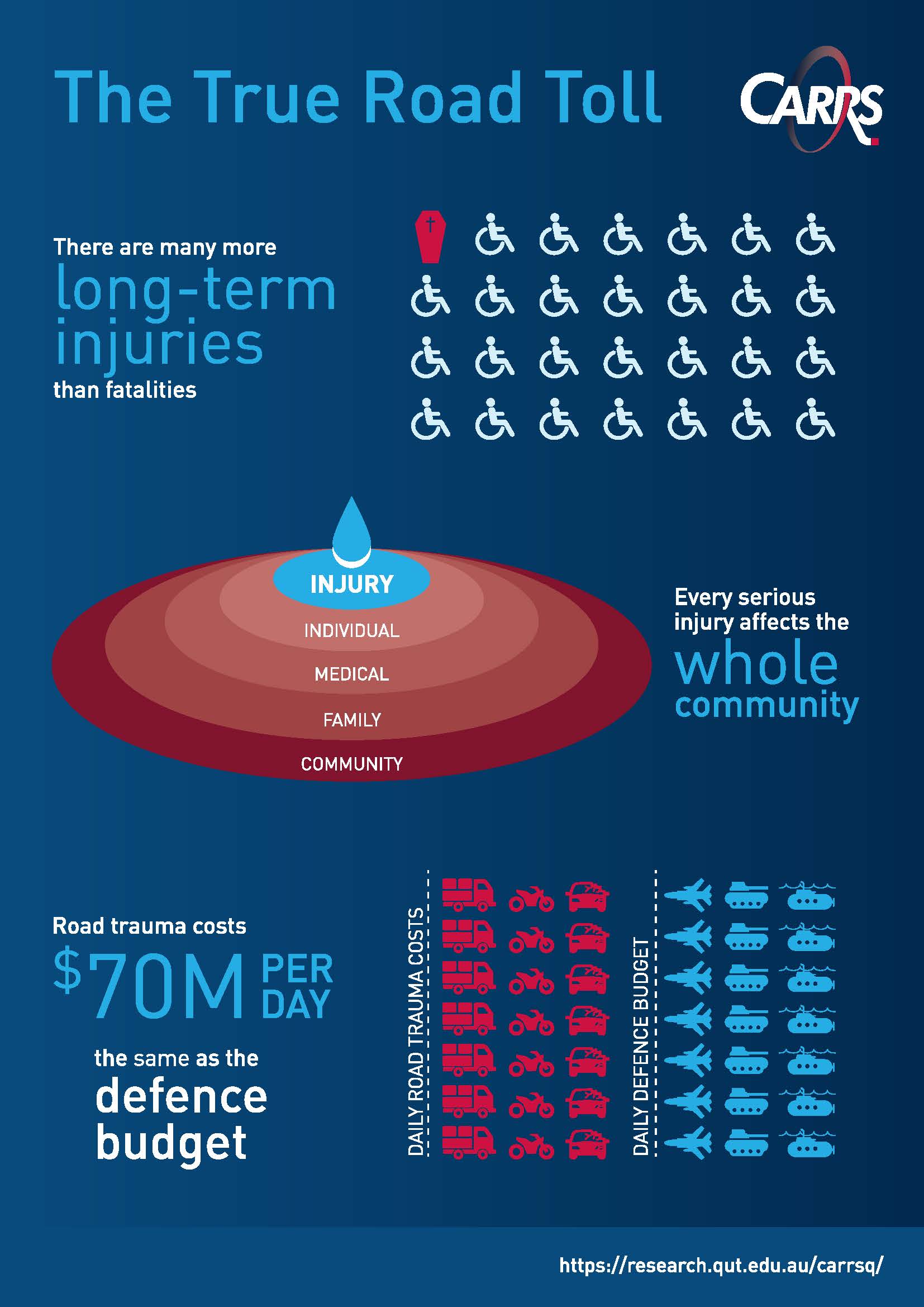
Road crashes during the Christmas season (December 21 to January 10) are 21 per cent more likely to result in death or serious injury than crashes that occur over the rest of the year. That’s one of the sobering findings of a QUT analysis of the state’s road crash data from 2015 to 2019.
Researchers from QUT’s Centre for Accident Research and Road Safety-Queensland (CARRS-Q) compared the crash data from Christmas travel with non-Christmas travel, looking at key contributing factors based on those five years.
CARRS-Q deputy director Dr Mark King said that, unfortunately, there was no escaping the statistics.
“When you look at the numbers, the Christmas-New Year period is the most dangerous time to be involved in a traffic crash – we have ‘worse’ crashes,” he said.
“This means there’s a higher risk that a crash will result in death or serious injury between December 21 and January 10 on Queensland roads than any other time of the year.
“Specifically, our modelling shows a 21 per cent increase in the odds of death or injury over the Christmas period.
“It’s been a tough year for many people due to COVID-19, but the pandemic has brought out a sense of community, with the majority of Australians willing to think of others and act responsibly.
“We urge all Queenslanders to think about their behaviour on the roads over the Christmas holidays and use that same sense of responsibility and caution that has been a hallmark of 2020.
“Remember that we all share the roads with others and that our actions affect others.
“COVID has made us stay at home more this year and we’ve learnt we don’t have to drive as much. So think about whether you really need to be on the road during some of the busiest days over the holidays.”

CARRS-Q senior research fellow Shamsunnahar Yasmin modelled key variables that contributed to crashes during the Christmas holiday season – and how much the likelihood of crashes, fatalities and serious injuries compared to other times of year.
Crashes involving unlicensed drivers and head-on collisions (which can often be the result of distracted driving or fatigue) top the list.
Other danger areas of increased risk include driving at night and on the weekends.
Compared to the rest of the motoring year, the Christmas season modelling showed:
- Crashes involving an unlicensed driver are 37% more likely to happen
- Head-on crashes are 35% more likely to happen
- Crashes involving a single vehicle are 24% more likely to happen
- Crashes involving an alcohol or drug-impaired driver are 19% more likely to happen
- Crashes on weekends are 19% more likely to happen
- Night-time crashes (6pm to 6am) are 12% more likely to happen
Dr King said driver distraction and driver fatigue contributed to many crashes over Christmas, but both were preventable.
“Mobile phones are now one of the biggest distractions and causes of crashes, so don’t touch your phone when you are driving – no matter how short or long the trip is,” he said.
“If you are driving long distances, make sure you plan your journey to take regular breaks and avoid driving at night whenever possible.”

** CARRS-Q road safety infographics are available for media / educational use and can be downloaded here.
QUT Media contacts:
- Mechelle McMahon, media@qut.edu.au
- Rose Trapnell, media@qut.edu.au or 0407 585 901




